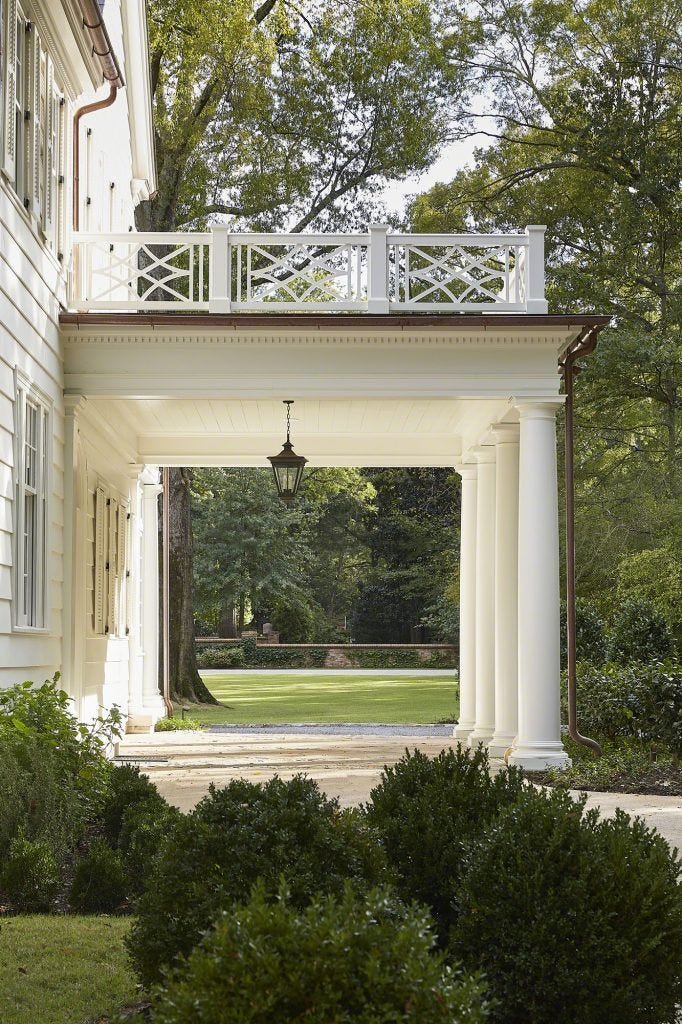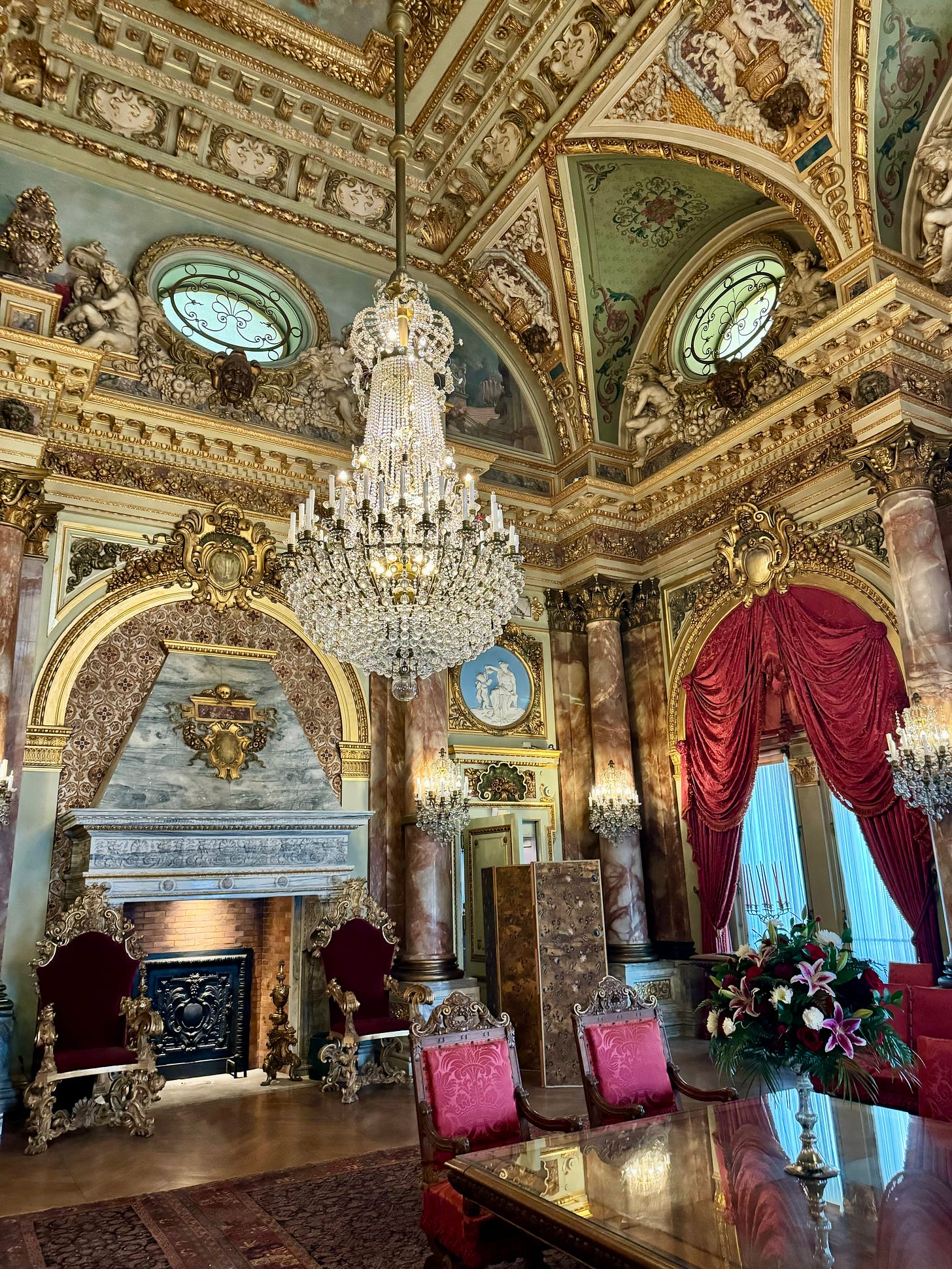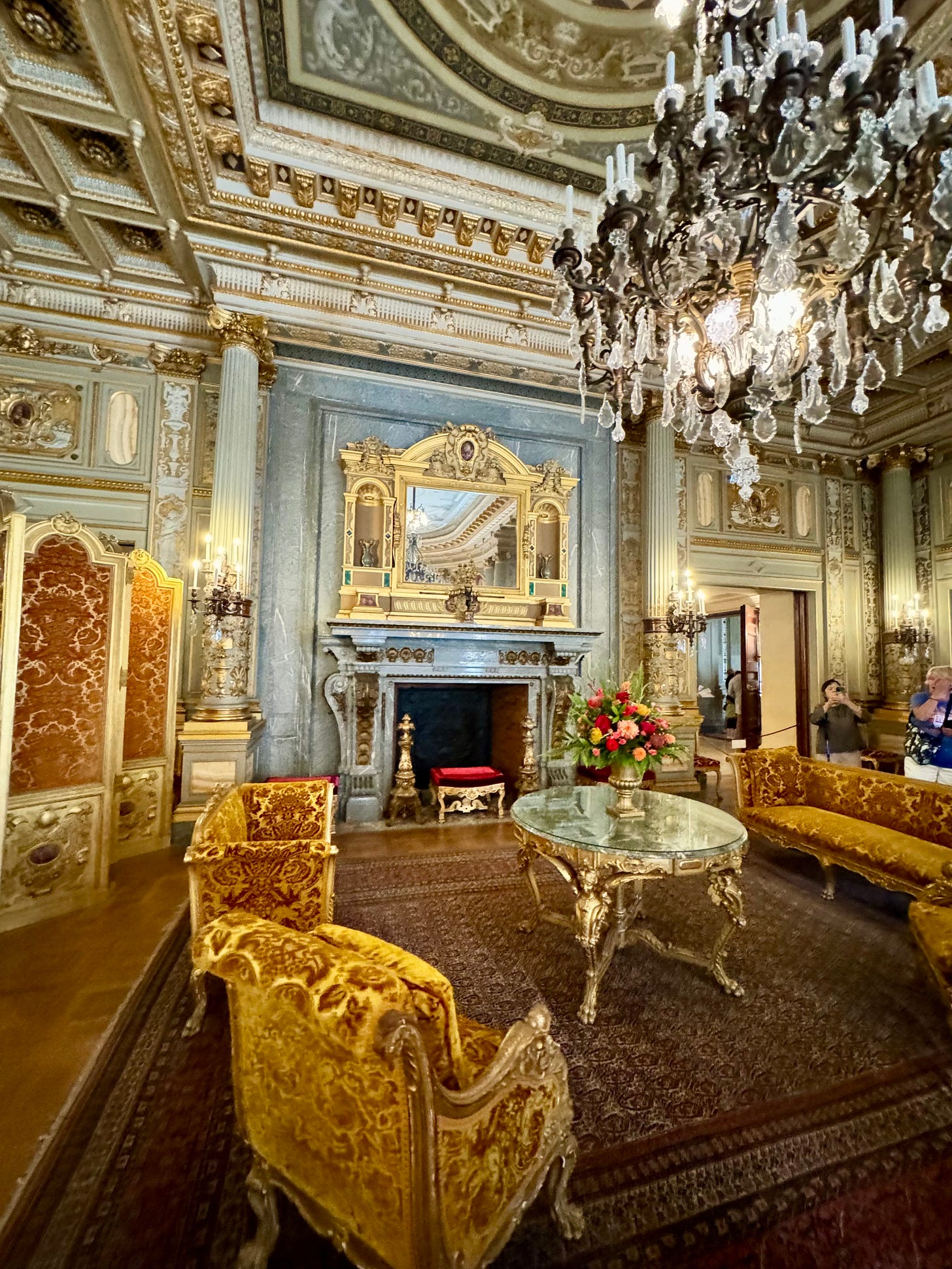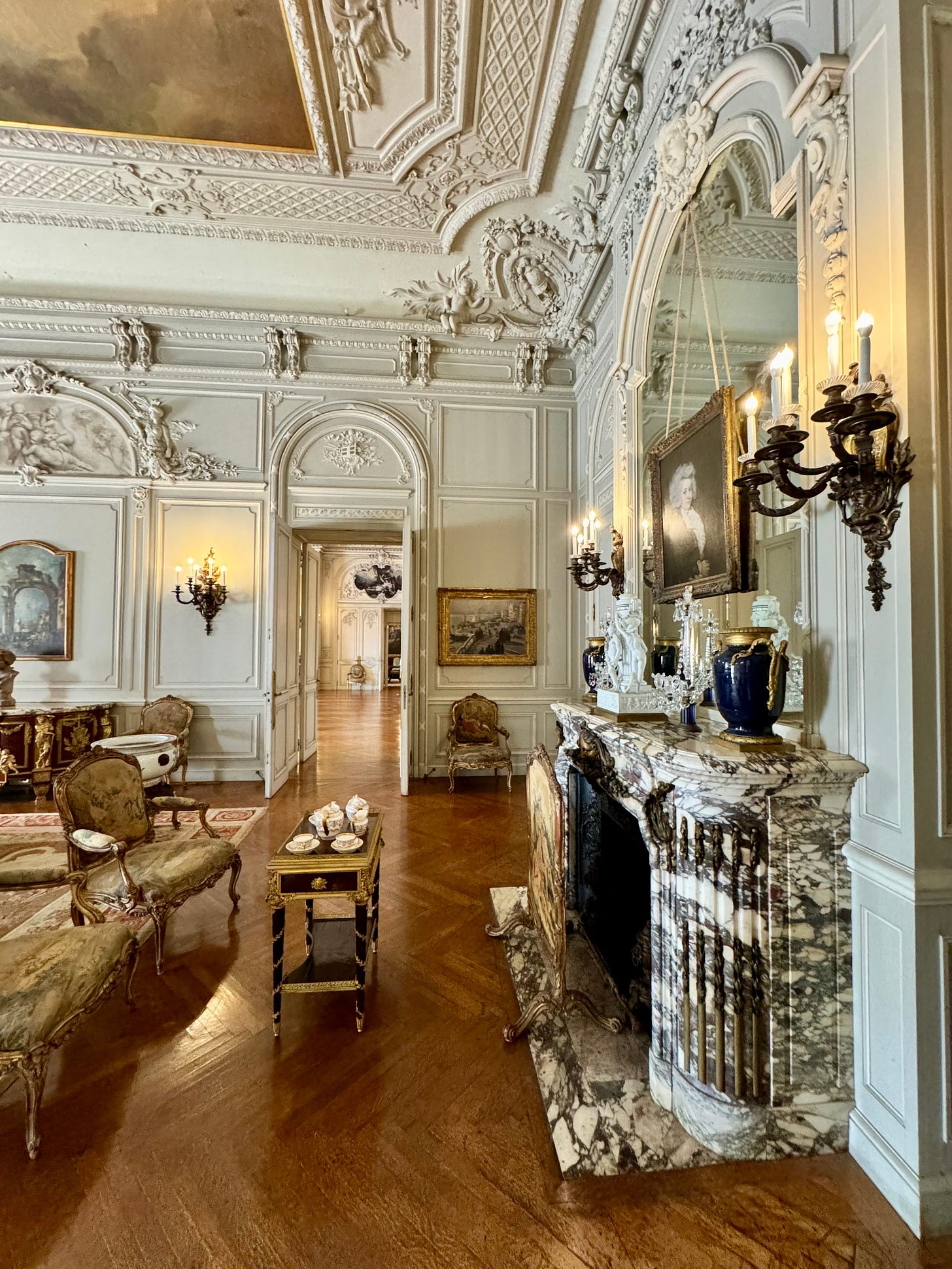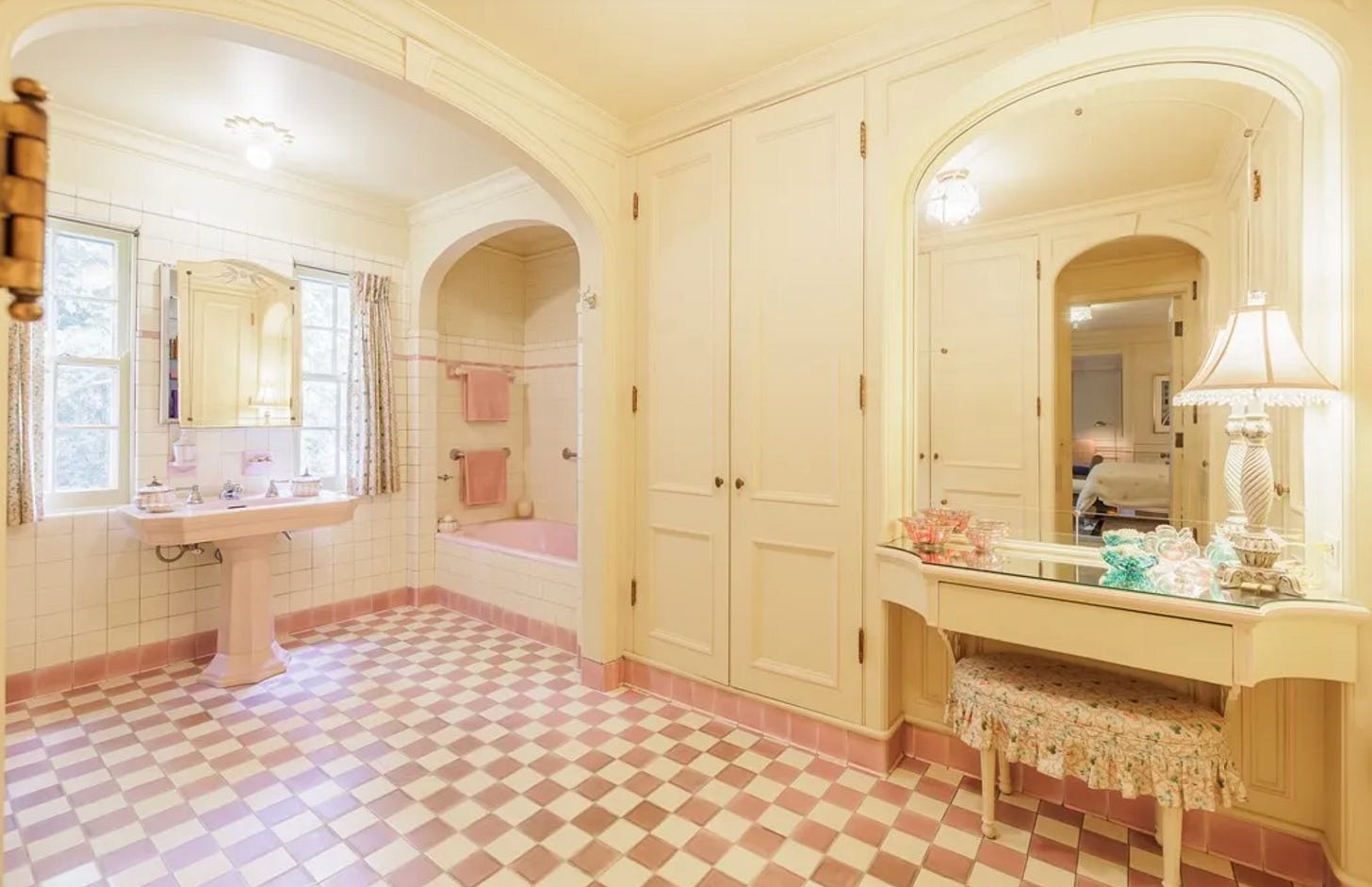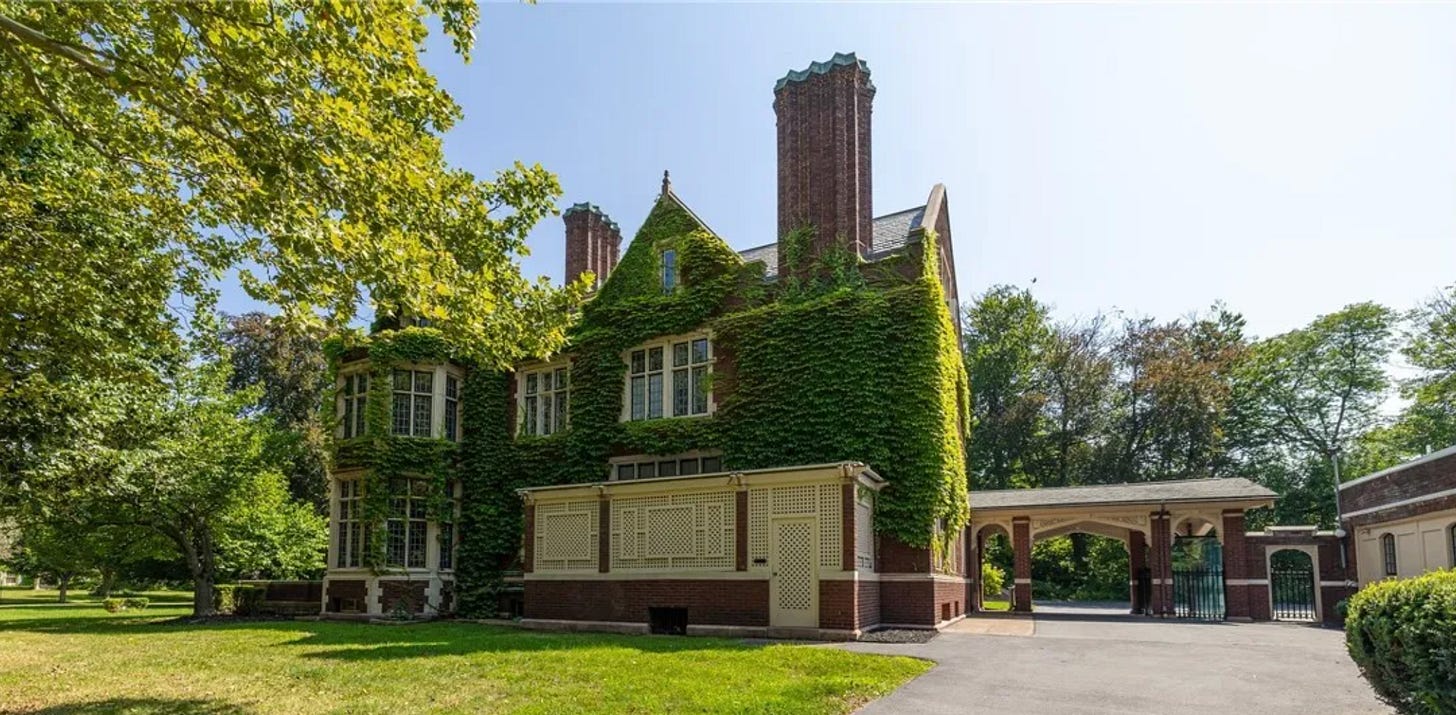Out With The New: The Gilded Age Forever Defined Luxury
Modern luxury homes with all their bells and whistles will never hold a candle to the Gilded Age estates that defined classic luxury.
The sterile, prefab boxes constructed in the modern luxury home style today are proof that the times of classic fantastical lavishness are all but lost. Homes today are built as quickly as possible, often cutting corners and missing details that may have given the home a quality of timelessness. Contractors are notoriously unreliable with apparently no regard for their reputation, and builders are solely focused on scale and profit margin, pushing the bounds of how quickly can they build and sell this property and move onto the next.
We’ve all seen the popular modern farmhouse a la Dorit Kemsley’s $9.5 million dollar Encino home, or the angular, masculine jawlines and spartan design aesthetic of contemporary cubes, a la Trevor Noah’s mansion.
I can’t help but romanticize a time when the uber rich erected impossibly romantic, ostentatious, ornamented estates that seemed built to last and destined to exist in perpetuity as crown jewels defining what it means to build luxury real estate, despite trends and changes in stylistic preferences.
Dorit Kemsley’s (Real Housewives of Beverly Hills) $9.5 million dollar Encino home [People]
Trevor Noah’s $20 million dollar Bel Air estate [360 Modern]
Would I love to rent either of these for a weekend with my girlfriends? Hell yea! But they don’t look like homes to me.
I’ve always stood in awe of the estates of old, with their grand entryways fitted with porte-cochère to allow for covered passage of horse-drawn carriages. Twenty and thirty foot ceilings, hand-woven tapestries that puddle elegantly at the ground, magnificent fireplaces, intricate crown molding and dramatic sweeping staircases.
A porte-cochère for horse-drawn carriages to pass under.
These homes were constructed during a time when people took pride in their craft, and dedicated their entire life to perfecting what could only be done by their hands. An amalgamation of neoclassical styles made up the Gilded Age architecture, from Gothic Revival and French Baroque to Italian Renaissance and Roman classical.
It has always baffled me that the nouveau riche would opt for $30 million dollar monotone boxes over acquiring a piece of history. Many prefer to build imposing black and white building blocks, pieced together and completely lacking in any notable taste or uniqueness, often leveling whatever had been there previously.
You see this everywhere. Old historic homes demolished and discarded in favor of building new monstrosities devoid of the classic grandeur that gives ultra deluxe homes their timelessness.
A recent trip to Newport, Rhode Island to visit some of the most stately homes with rich history left me in awe of this style.
Newport was, and still is home to New York’s mega-wealthy as an escape from the city. Many of its most notable mansions like The Breakers, The Elms, and Marble House were built during the Gilded Age.
This injection of wealth occurred from the 1870s to the 1890s, when the post industrial revolution shifted the US away from being an agricultural society and saw the rise of railways, oil, steel, and banking.
Families such as the Astors, the Vanderbilts, the Carnegies, the Rockefellers and the Morgans reigned supreme. They defined the upper crust of New York high society, invented the American socialite, and arguably defined what we know today as Old Money.
Pause for some eye candy from The Breakers, The Elms, and Marble House.
The Breakers, an Italian Renaissance-style palazzo built by famed architect Hunt for the Vanderbilt family.
Images I took inside The Breakers.
They were going to demolish The Elms in 1960. Thankfully somebody came to their senses and stopped it.
Crown moldings for days, and that marble fireplace! [The Elms]
I found what would have been my bedroom at Marble House.
Dying over this vanity.
I may be biased, but my favorite home in Newport, an estate built by my late step-father’s family, is The Chanler at Cliff Walk. The Chanler, originally named Cliff Lawn, was completed in 1873 by New York Congressman John Winthrop Chanler. His wife, Mrs. Chanler, was granddaughter to William Backhouse Astor, who inherited his father John Jacob Astor’s fortune.
The Chanler at Cliff Walk [The Chanler]
John Jacob Astor was the first multi-millionaire in the United States, who built his fortune on the fur trade, opium, and real estate investments, and was the wealthiest passenger aboard the Titanic and suspected to be the wealthiest man in the world when he died.
Perched like a jewel box on a cliff overlooking Easton Beach, it remains an elegant homage to the Gilded Age, maintaining its Victorian decadence under new ownership. It now operates as a hotel and wedding venue.
Visiting Newport was like a daydream for my senses. The site, smell, and sound of the Atlantic hitting the rocky coastline along a bejeweled shore of ornate and lavish estates.
I believe I lived a past life during the Gilded Age. A time of horse-drawn carriages, stately homes, luxurious fabrics, the finest craftsmanship, and opulent decor.
I acknowledge not all that glitters is gold, of course. Robber Barons like Andrew Carnegie and Cornelius Vanderbilt were ruthless industrialists who exploited workers and employed backbreaking labor practices. You can imagine the wealth disparity.
But my what beautiful creations they made.
Alas, historic homes are a dying breed as members of old money lineage lose interest in holding onto the family estates. They’re too cumbersome to maintain or the descendants prefer modern boxes or shiny downtown condos. Or, as in many cases with these great American dynasties, there is simply nothing left of them. In the best case scenarios, they become historical landmarks and museums, giving the public a glimpse of their lavish history. In the worse cases, these historic homes go on the market, sometimes for auction, only to be demolished and built anew. This, in my eyes, is an utter tragedy.
*If you can’t get enough of the Gilded Age, I’ll be posting a vlog of our visit to Newport on my YouTube channel this Thursday.
If we jump forward twenty years to the early 1900s,
we still see the remarkable craftsmanship left over from the gilded years. Mansions in my home town of Rochester, NY were built by descendants of the old money families of New York’s high society, along with a new wave of entrepreneurs like George Eastman, who founded the Eastman Kodak Company.
George Eastman House (now a museum)
The estates are grand, but can only demand relatively low prices considering their stature. These are a few of my current favorites on the market.
1180 East Avenue - I would never leave this bathroom
Sadly, many of these homes have been demolished or sold out to be run as multi-family units. (*I understand people need affordable housing - I’m not a monster - but it’s still sad to see these architectural gems become apartments, which are inevitably run down and trashed. Both can be true.)
I understand the desire for what’s shiny and new. If you build or buy a modern home, you probably won’t have to deal with the maintenance and updates required to uphold a 100+ year old estate. But bulldozing these homes erases pieces of history that we can never get back.
I fear this post is growing rather long, as it’s clear I have passion and reverence for what is old and classic. Needless to say, when I peruse Zillow for my luxury dream home, I filter by homes built before 1930.







